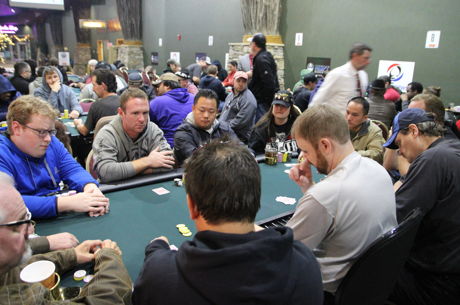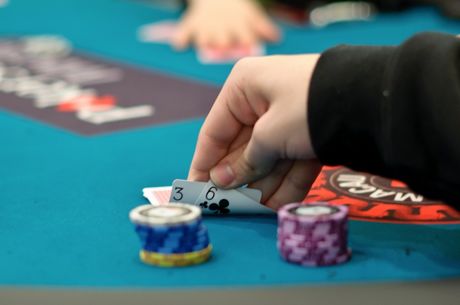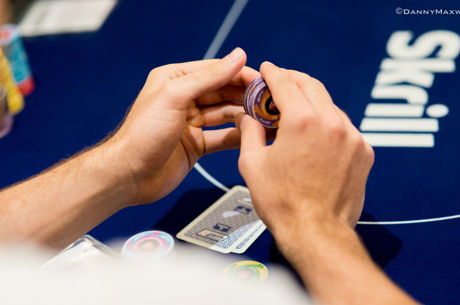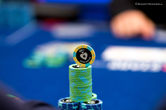Can You Still Win in Small Stakes Poker Games With a Tight Style of Play?
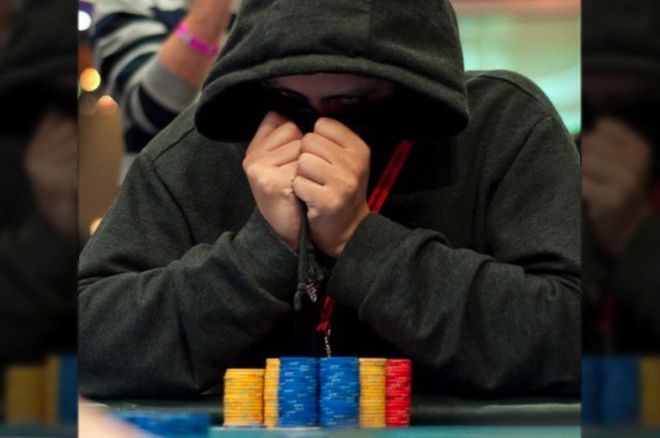
Most people know by now that learning to play tight is one of the biggest steps to becoming a better poker player. This is why in recent years it has actually become popular to play a "loose-aggressive" style in order to counter and exploit this much chosen approach.
And this is for good reason.
When almost everybody else is sitting around waiting for the nuts, you can pick up so many unwanted pots by just playing a few more hands and fighting a little bit more when nobody has anything �� which is most of the time.
But does this mean a tight style of play can't be successful anymore? Absolutely not. The biggest reason why most tight players do not win big is because they don't understand how to take advantage of their table image.
Understanding How You are Perceived at the Poker Tables
One of the biggest keys to success in poker, especially as you move up and play against better-skilled and more sophisticated opponents, is understanding what some might call the "meta game" or the significance of your own table image.
When you play a tight style of play, people are naturally going to give you more respect. If you also play on the passive side, you will get even more respect when you finally make a bold play.
Loose and aggressive players, on the other hand, have the exact opposite effect on the poker table. Most people assume that such players are bluffing much of the time and therefore they get called down much lighter.
It is important to understand that any decent, thinking player is frequently making mental notes and judgments about your style of play. Furthermore, they are categorizing you as tight or loose, and aggressive or passive. Your play, whether you realize it or not, is creating an image that is influencing how the attentive players respond to you.
It doesn't matter what style of play you choose, the actions that you take are going to affect how people react and play their hands against you at the poker tables.
Taking Advantage of Your Table Image
The logical next step from here, then, is to learn how to take advantage of your table image. This really cuts to the heart of why most tight players struggle these days, especially at the lower stakes. They create a certain image but they never take advantage of it, which is totally crazy.
Within reason, tight players can essentially get away with murder at the poker tables. If you have a tight image, you can run huge bluffs from time to time and get people to lay down big hands.
There are many different ways to run a huge bluff with a tight table image, but one of my personal favorites is the old "float the flop and raise the turn" move.
If I have a tight table image and I am up against an aggressive player, I will often float the flop with a call if I have any equity at all �� it could be as little as a gutshot straight draw or two overcards. Then after they fire the second shell on the turn, I will raise.
This play works exceedingly well at the lower stakes for three reasons.
- It looks extremely strong. Most people only make this play with a huge hand, so it gets a lot of respect.
- A typical aggressive player at the lower limits who double-barrels a lot is going to have very few big value hands in his range here that can actually withstand a raise.
- Lastly, and perhaps most importantly, by building up that tight table image, often you will get decent players to lay down some pretty big hands (even overpairs) just because they talk themselves into believing that you have an absolute monster.
This is exactly what I am talking about when I say that you need to take advantage of your table image �� once in a while, that is, not all the time.
By not making plays like this from time to time, you are throwing away all of this "meta game" equity you have built up with a tight style of play.
Slow Play Some Big Hands as a Tight Player as Well
Another way to take advantage of your tight table image is to mix up your play with your really strong hands.
In my first book, Crushing the Microstakes, I recommend that when playing against recreational players and beginners, you should always just blast the pot with your monster hands. However, as you move up the stakes and encounter higher-skilled opponents who are actually paying some attention to how you are playing your hands, it is very important not to take the same line with the same hand every single time. This is especially the case when you have built up a tight table image.
For instance in preflop situations it might be better to flat-call a little bit more often even with big premium hands like AxAx, KxKx, QxQx, and AxKx. If you go ahead and just three-bet these hands every single time, you are likely to make some people fold hands from which you want calls, simply due to your tight table image.
Another good spot to take advantage of your tight table image preflop is when there is an aggressive player left to act behind who is likely to squeeze. As you move up the stakes, this move becomes more and more common.
Sometimes you might want to flat with a big hand even versus a late position raise if there is somebody behind who is likely to put in the three-bet. This allows you to four-bet �� or even just flat in position when the action comes back to you �� and play a bloated pot with a huge hand.
The same logic applies to postflop situations as well. With a tight table image it is important versus decent players sometimes just to flat a big hand like a set on a dry uncoordinated board �� e.g., holding 3?3? on a 3?7?K? flop.
By raising the flop here as a tight player, you are representing such a narrow range of hands that it becomes a trivial fold for any decent player. Also, the likelihood your opponent has absolutely nothing on a board like this is high, anyway.
Therefore it is often better in these spots just to flat-call in order to keep your opponents' bluffing range as wide as possible and let them keep firing. Since there are almost no draws at all on a board like this either, you give them a chance to make a second-best hand on later streets as well.
Final Thoughts
Playing a loose-aggressive game has become the "cool" thing to do in recent years. And many people write off tight players as uncreative "nits." To be honest, many players at the lower stakes do fit this profile.
But this doesn't mean that there is anything necessarily wrong with a tight style of play or that you can't win big with it. The key is understanding the table image you have created and then taking advantage of it.
You can do this by running some well-timed bluffs against aggressive players, especially on the turn and river. And by mixing up your play with your big hands, you can use their aggression against them as well.
Nathan "BlackRain79" Williams is the author of the popular micro stakes strategy books Crushing the Microstakes and Modern Small Stakes. He also blogs regularly about all things related to the micros over at www.blackrain79.com.

